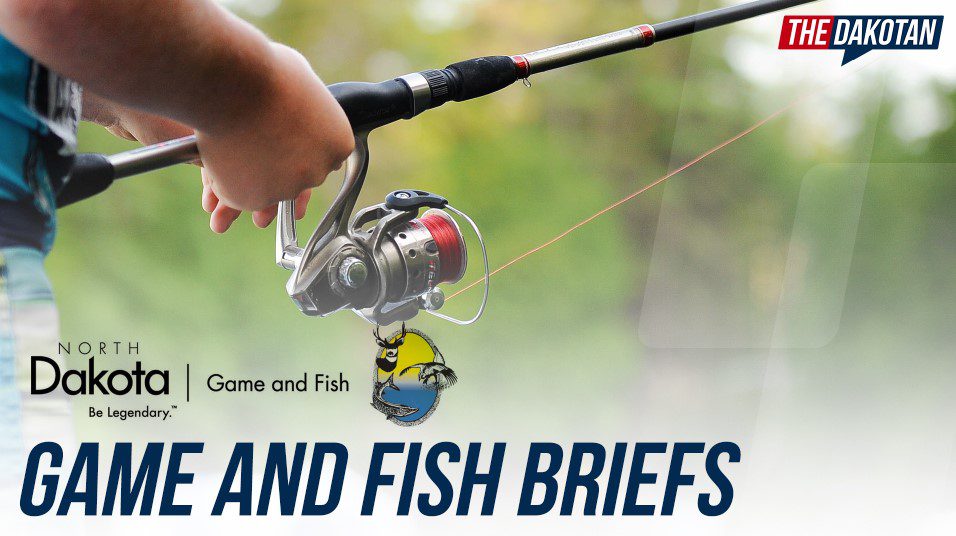

A week-long national safe boating public awareness campaign is May 20-26, an annual event that serves to educate boaters and water users heading into summer.
A boat should have enough U.S. Coast Guard approved life jackets on board for all passengers. North Dakota law requires all children ages 10 and younger to wear a personal flotation device while in boats of less than 27 feet in length. The law also requires all personal watercraft users to wear a life jacket, as well as anyone towed on skis, tubes, boards or other similar devices. However, state law allows an individual who is at least 16 years of age to windsurf or boardsail without wearing a PFD.
In addition, effective Aug. 1, a new state law will allow an individual engaged in barefoot skiing or surfing to wear a wet suit. A life preserver must be on board the towing vessel.
Water users should make sure to wear life jackets that are the appropriate size and in good condition. Failure to wear a personal flotation device is the main reason people lose their lives in water recreation accidents.
Water skiers and tubers should wear a life jacket with four nylon straps rather than one with a zipper, because straps are stronger than zippers upon impact with water. Anglers and people paddling a canoe, kayak or paddleboard should opt for a PFD that is comfortable enough to wear for an entire outing.
It is also important that children wear a PFD while swimming. Swimmers should know the water’s depth, as serious injuries can occur from diving. Large objects hidden below the water’s surface can lead to significant injury.
North Dakota boaters are also reminded that marine VHF radios are an important part of boat safety that should not be improperly used by operators. These radios are intended for boat operators in distress and facing an emergency situation.
Regulations to help ensure safe boating this summer are found in the North Dakota Boat and Water Safety Guide.
The North Dakota Game and Fish Department offers a simple message to the well-intentioned who want to pick up and rescue what appear to be orphaned baby animals this time of year: don’t touch them. Whether it is a young fawn, duckling, cottontail rabbit or a songbird, it is better to leave them alone.
Often, young animals are not abandoned or deserted, and the mother is probably nearby. Young wildlife are purposely secluded by adults to protect them from predators.
Anytime a young wild animal has human contact, its chance of survival decreases significantly. It’s illegal to take wild animals home, and captive animals later returned to the wild will struggle to survive without possessing learned survival skills.
The only time a baby animal should be picked up is if it is in an unnatural situation, such as a young songbird found on a doorstep. In that case, the young bird can be moved to the closest suitable habitat.
Citizens should also steer clear of adult wildlife, such as deer or moose that might wander into urban areas. Crowding stresses animals and can lead to a potentially dangerous situation.
In addition, motorists are reminded to watch for deer along roadways. During the next several weeks young animals are dispersing from home ranges, and with deer more active during this time, the potential for car‑deer collisions increases.
The North Dakota Game and Fish Department will lift the Tuesday-Wednesday no-camping restriction for Memorial Day week, which will allow overnight camping May 30-31 on those WMAs that otherwise have this two-day restriction in place.
A complete list of WMA regulations is available on the Game and Fish website, gf.nd.gov.